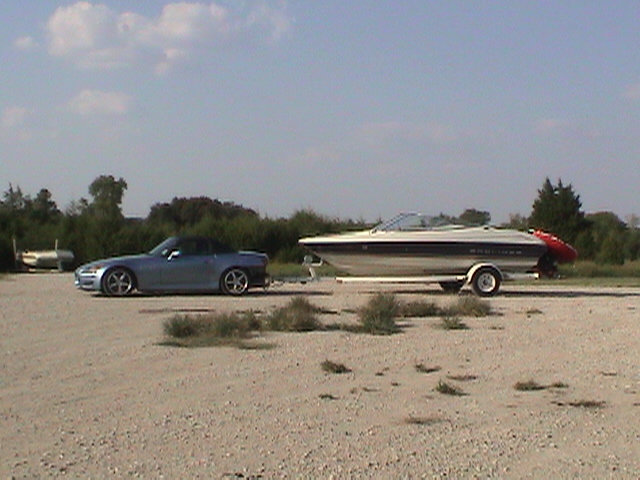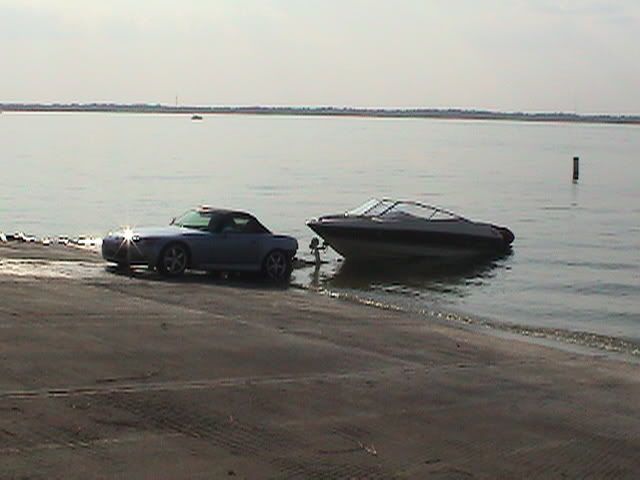cobra46
Well-Known Member
Something I find interesting about the Mavic is that the rotor/prop tip speed at 600 rpm is only 15 mph. This means the retreating blades are producing negative lift at full speed.
For reference a Huey UH-1 has a tip speed of about 509 mph so the retreating blade is still producing lift. As someone mentioned this is why the angle of attack on the retreating blade is increased during forward motion.
Tip speed is a design consideration for most aircraft to keep it subsonic. This is one reason why some helicopters have swept tip blades.
For reference a Huey UH-1 has a tip speed of about 509 mph so the retreating blade is still producing lift. As someone mentioned this is why the angle of attack on the retreating blade is increased during forward motion.
Tip speed is a design consideration for most aircraft to keep it subsonic. This is one reason why some helicopters have swept tip blades.













